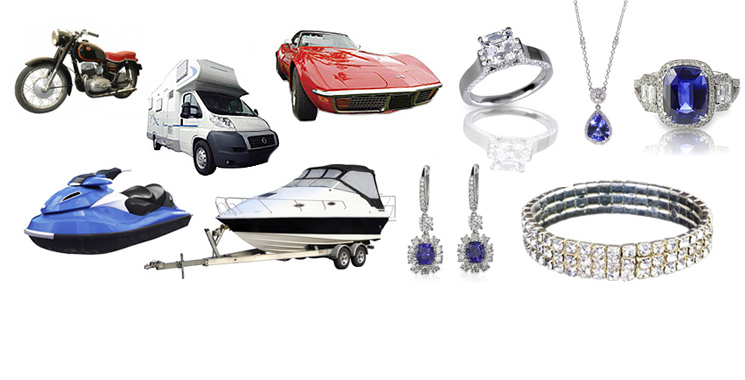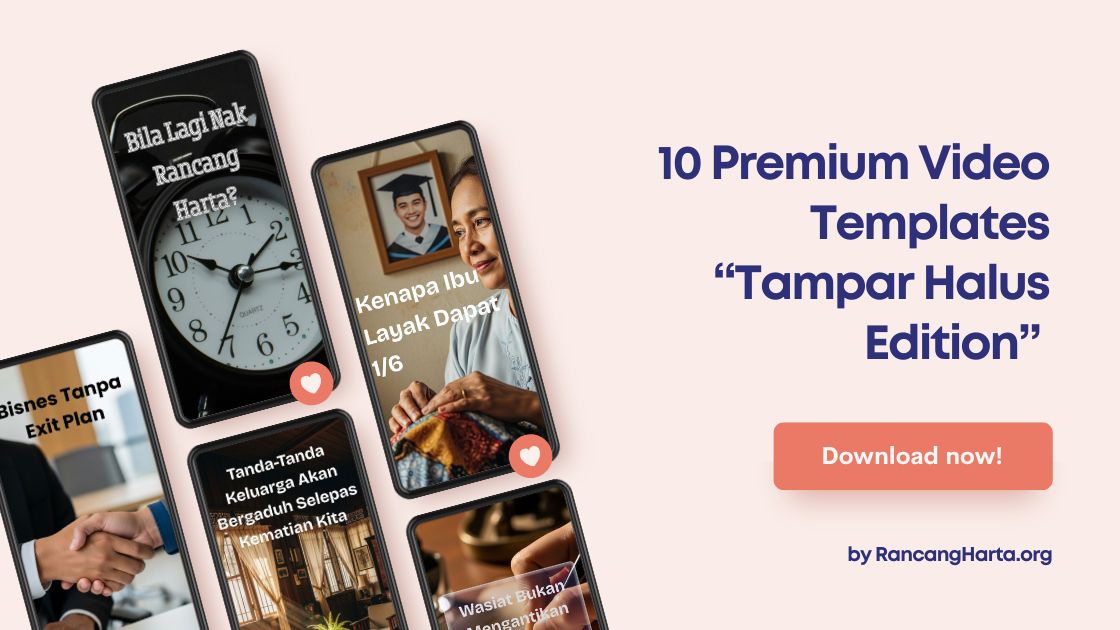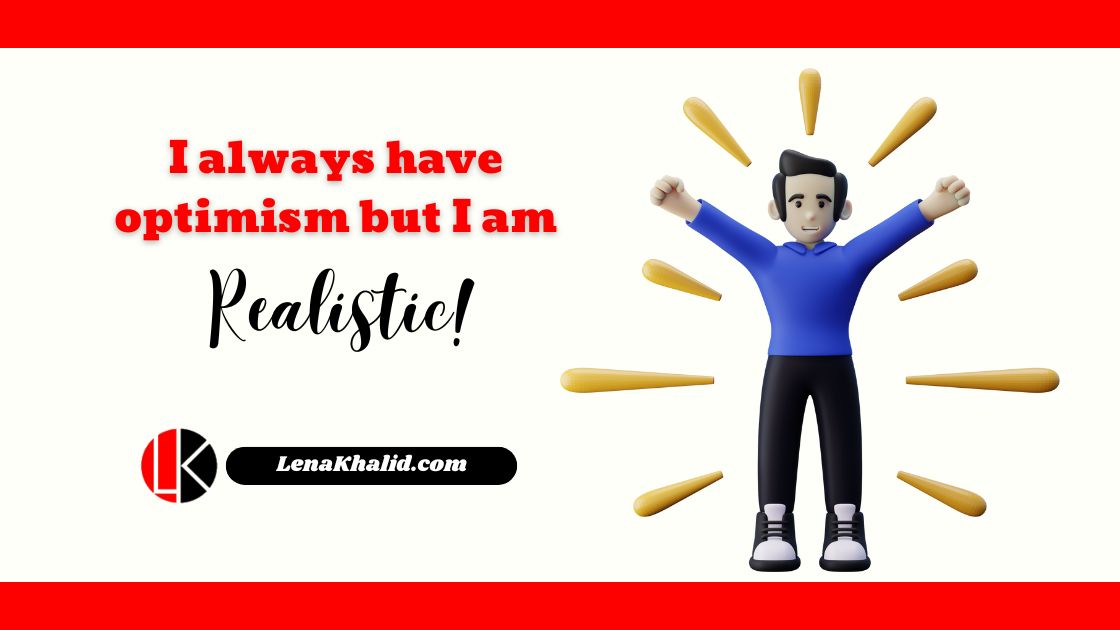
How to Sell High-Ticket Items in 2018 With This New Approach to Online Sales
If you plan to sell high-ticket items this year, you need to change your tune because what used to work won’t in the future.
Not long ago, you would find success so long as you had a solid marketing funnel. I, too, found success like this. I initially built two seven-figure businesses with simple marketing funnels that treated everyone the same.
- The same emails to the same people in the same sequence.
- A guide that would lead to a funnel that lead to a webinar that lead to an offer.
This worked. Whether you sold a $37 product or $997 one, this was the best way to win at online marketing. But, maybe you’ve noticed this isn’t the case anymore. Maybe you’re seeing higher costs and lower conversations.
It won’t get better; not if you keep doing what you have done, and especially if you sell high-ticket items like one-on-one coaching, training programs or consultancy.
So what’s the alternative?
[bctt tweet=”If you are willing to risk the unusual, you will have to settle for the ordinary. ” username=”lenakhalid”]Introducing the “Relevancy Funnel”
I kept noticing my costs rising and my ROI going down. My clients told me they had the same issue, and because I help entrepreneurs create relevant marketing that works, I needed to fix this problem.
This began in 2016 when I created the SSF Method, which places your audience into one of three awareness levels:
- Sidewalk: unaware they have a pain or a problem
- Slow Lane: aware they have a problem, but unsure what the process is
- Fast Lane: aware of the process, but unsure of the solution
For a while, this was enough, but I soon realized I needed to go deeper — especially when thinking about how to sell high-ticket items, because for someone to spend $997-plus you need to build trust. And the only way to build trust in 2018 is to become omnipresent and relevant, so you transform into the go-to expert in your industry.
This is when the “Relevancy Funnel” was born, because it takes the foundations of the SSF Method and combines it with omnipresence and relevance so you become (and remain) top of mind.
This is how you create it.
1. Focus on your slow lane.
It’s not to say those in your sidewalk and fast lane aren’t important, because they are. But, assuming you have a limited budget, you need to focus on those you can have the biggest impact on. These people are often in your slow lane, especially when selling a high-ticket item.
Why? Because these people realize they have a problem, but don’t yet understand the methodology or process that leads them from pain to redemption. So, assuming you have a proven process that will solve their problem, you will quickly transform into an authority figure they trust.
Achieving this is easier than you think, and it begins by keeping your message simple.
2. Create a simple guide.
Those in your slow lane are eager to consume something more in-depth than those in your sidewalk. I have found a guide works best, between 14-23 pages long (a 20-25-minute investment). The purpose of this guide is to present the problem and remind them of their pain, so they become desperate to unearth the solution. After this, you share the proven process you use and literally give away your methodology.
By giving them this for free, you show them what life could be like if only they can overcome their problem. And because all this is in a simple guide, you keep their attention. No webinar. No challenge. No complications. Just a simple guide that shows them what they need to do, and that if they need further support, you can help.
3. Get them on a phone call.
When selling a high-ticket item, your aim should be to get them on the phone (either with you or your sales person). But, this may not happen straight away — in fact, you don’t want it to happen straight away, because if they’re instantly willing to give you what you want, it shows their desperation.
And these type of people tend to be the worse kind of client.
So, if they don’t convert straight away, continue to retarget them and message them (email, Facebook ads, video, etc.) where you prove your process and introduce them to successful case studies. Allow them to see that this process works for others, and that it can work for them too.
Play the long game, because this is where the magic happens.
4. Focus on the invisible ROI
If you’re selling a $20 guide, this doesn’t apply. But, because you’re selling a high ticket item that requires both your investment and theirs, you want the “right” kind of customer. You want people who will become advocates and future case studies (action takers who put in the work). But, these types of customer don’t just appear. You need to earn their trust and build a rapport.
So, as you continue to prove your process, invite them into a private Facebook or Linkedin Group, provide further value and keep retargeting them so you become omnipresent and top of mind.
[bctt tweet=”You cant have rainbow without a little rain ” username=”lenakhalid”]In time, you will capture their attention and become the go-to expert who offers the only solution to their problem. There are others out there, sure; they don’t care because they have bought into you. The trade-off here is that it takes time, but this invisible ROI is huge because the more someone trusts you, the more they will spend on you when the time is right.
This is how you sell your high-ticket items in 2018.
You need to become omnipresent and top of mind, and to be relevant in the right place, at the right time. Achieve this and you’ll own their wallet without having to offer a discount. You won’t have to pray on their insecurity because they will come to you.
You have proven yourself as the solution to their problem, and your rise from six to seven figures can begin.





